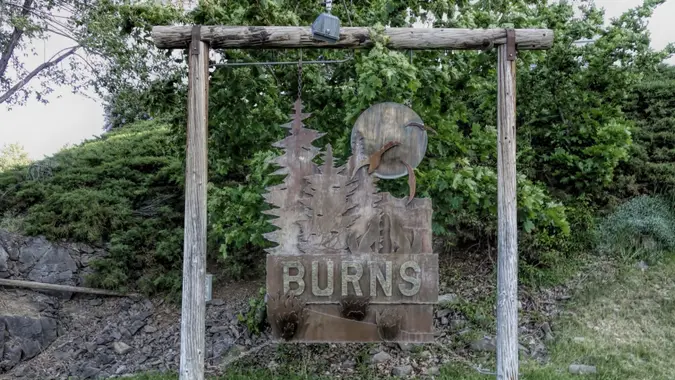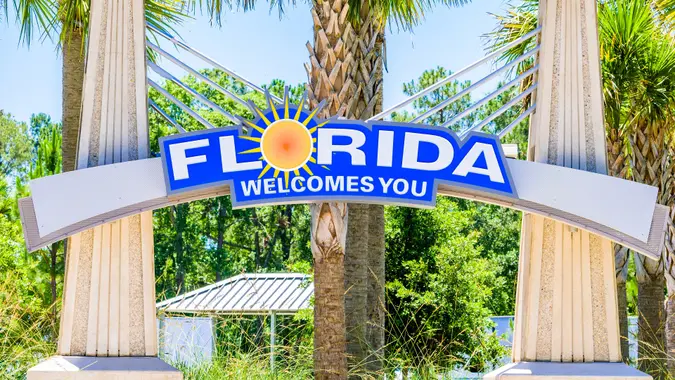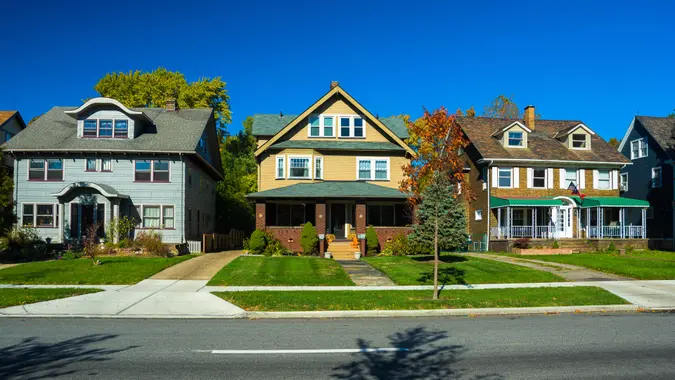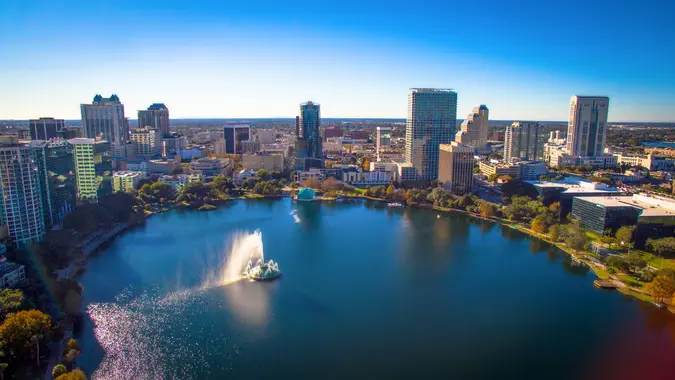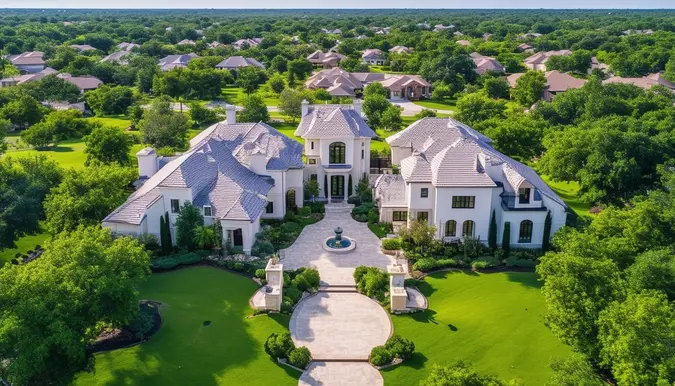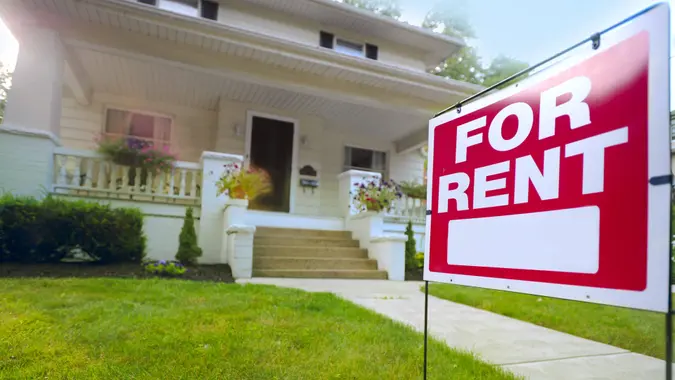Real Estate: $30K Isn’t Enough to Meet a 20% Down Payment — Here’s Why

Commitment to Our Readers
GOBankingRates' editorial team is committed to bringing you unbiased reviews and information. We use data-driven methodologies to evaluate financial products and services - our reviews and ratings are not influenced by advertisers. You can read more about our editorial guidelines and our products and services review methodology.

20 Years
Helping You Live Richer

Reviewed
by Experts

Trusted by
Millions of Readers
The currently turbulent housing market has made the road to homeownership extremely difficult for many Americans. Higher prices, lower inventory and soaring rates have all left many homebuyers in the lurch. Making the matter more thorny, down payments have also ballooned.
In fact, a recent Realtor.com report found that down payments have reached a new peak in the third quarter of 2023. Americans are making 14.7% down payments on average, with the median down payment being ~$30,000.
According to Danielle Hale, Realtor.com’s chief economist, there are a couple of reasons why down payments are rising.
First, with fewer for-sale home options to choose from, the housing market continues to be relatively competitive, and one key way that buyers can stand out is by making a larger down payment part of their offer.
Another reason for the rise in down payments is that they can help lower the monthly cost of a mortgage, she noted.
“More money upfront means less borrowed, and with mortgage rates continuing to hover around 7%, the cost of borrowing an extra dollar to buy a home is more than double what it was as recently as January 2022,” said Hale.
Should You Put a 20% Down Payment on a Home?
As The Motley Fool explained, a good rule of thumb is to put a 20% down payment on a home when you’re signing a conventional mortgage. If you don’t put down 20% at closing, you’ll be hit with private mortgage insurance, or PMI.
PMI is a type of mortgage insurance you might be required to buy if you take out a conventional loan with a down payment of less than 20% of the purchase price, and it protects the lender — not you — if you stop making payments on your loan, according to the Consumer Financial Protection Bureau (CFPB).
But it’s also an added cost on top of already high mortgages and home prices.
Yet, many buyers are stuck with it. As the Realtor.com data showed, a downpayment of $30,400 still only amounts to an average of 14.7% down at closing — and “that’s below the threshold required to avoid PMI,” according to The Motley Fool.
In turn, buyers could get stuck paying PMI for a pretty long time. An added cost might make an already large expense even harder to manage.
According to Chase Bank, on average, PMI costs range between 0.22% to 2.25% of your mortgage. How much you pay depends on two main factors: your total loan amount and your credit score.
 Written by
Written by  Edited by
Edited by 



